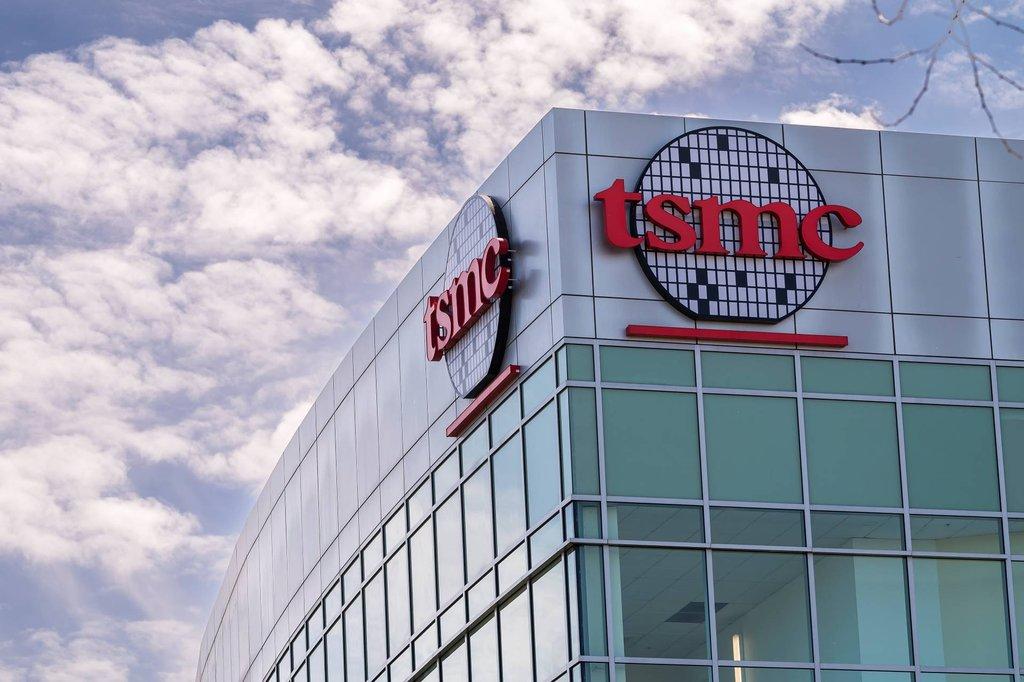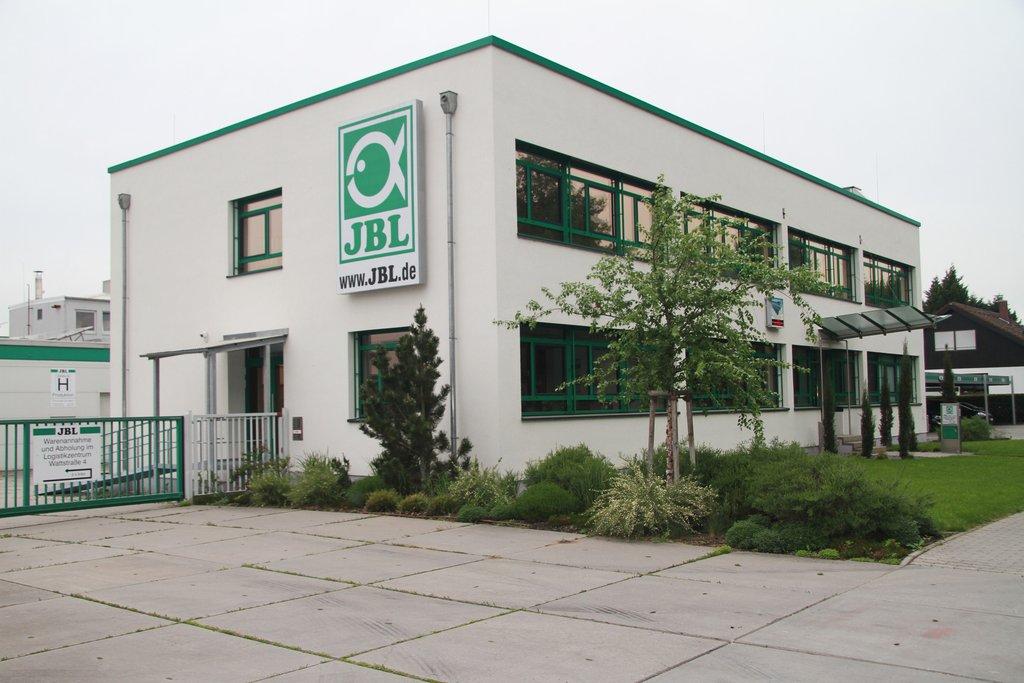
Is TSMC (TSM) a strong investment for 2025-2026? We analyze risks, growth drivers & long-term potential. Read our expert breakdown!
Investment Analysis: Taiwan Semiconductor Manufacturing (TSM) – Q4 2024 Earnings Call
Investment Verdict:
TSMC remains a strong investment for the long term due to its technological leadership, strategic expansion, and dominant position in the semiconductor foundry market. While short-term risks exist, such as geopolitical concerns, cost inflation, and overseas fab ramp-up costs, the structural growth in AI, HPC, and 5G supports a compelling investment case.
Short-Term (2025-2026): ⚠️ Hold / Speculative Buy Long-Term (2027+): ✅ Strong Buy
1. Short-Term Investment Outlook (2025-2026)
Challenges & Risks
🔴 Regulatory & Geopolitical Uncertainty
- U.S.-China Tensions & Export Restrictions: New U.S. regulations on AI chip exports to China could impact some of TSMC's customers, although management believes the impact is manageable.
- Taiwan Political Landscape: Increased geopolitical risks, particularly with Taiwan’s relationship with China, remain a concern for investors.
- U.S. CHIPS Act & Local Manufacturing: The ongoing push for semiconductor manufacturing in the U.S. could require significant additional investments and increase costs.
🔴 Financial Risks (Capex, Profitability, Debt)
- High Capex Spending: TSMC plans to invest $38B-$42B in 2025, a substantial increase from 2024. While necessary for future growth, this could weigh on free cash flow in the short term.
- Overseas Fab Cost Pressures: The ramp-up of fabs in Arizona, Japan, and Germany is expected to dilute gross margins by 2-3% annually over the next five years.
- Taiwan Energy Costs: Rising electricity costs in Taiwan are expected to impact gross margin by at least 1% in 2025.
🔴 Market Competition & Industry Trends
- Intel and Samsung Competition: Intel’s push into foundry services and Samsung’s advancements in GAA (Gate-All-Around) transistors pose long-term competitive threats.
- AI-Driven Demand Cyclicality: While AI demand remains strong, any slowdown in cloud investments from hyperscalers could impact revenue growth.
Positives
🟢 Growth Drivers (New Products, Expanding Markets, Strategic Moves)
- AI Revenue Surge: AI-related revenue tripled in 2024 and is expected to double in 2025, driven by demand for AI GPUs, AI ASICs, and HBM controllers.
- 3nm & 2nm Leadership: 3nm accounted for 26% of Q4 revenue, with 2nm volume production set for H2 2025.
- Edge AI & On-Device Processing: Increased AI functionality in smartphones and PCs will drive higher silicon content and accelerate node migrations.
🟢 Strong Financial Position (Cash Reserves, Buybacks, Dividends)
- $74B in Cash & Marketable Securities: Provides flexibility for continued investments and shareholder returns.
- Dividend Growth: TSMC paid $363B TWD in 2024 dividends, a 24.5% YoY increase.
🟢 Operational Improvements (Efficiency, Cost Cutting, AI Integration, etc.)
- Yield Improvements: Arizona’s N4 process yield is already comparable to Taiwan’s, signaling strong execution in overseas fabs.
- Advanced Packaging Expansion: CoWoS revenue exceeded 8% of total revenue in 2024 and is expected to exceed 10% in 2025.
Verdict on Short-Term Investment
⚠️ Summary of Short-Term Outlook: Hold / Speculative Buy
- Catalysts: AI growth, 3nm/2nm adoption, strong financials
- Risks: Overseas fab costs, geopolitical uncertainty, AI demand volatility
- Action: Investors seeking short-term gains should be cautious due to potential margin pressures, but long-term investors may use dips to accumulate shares.
2. Long-Term Investment Outlook (2027 and Beyond)
Growth Drivers
🟢 Major Industry Tailwinds (AI, Cloud, Market Expansion, etc.)
- AI-related revenue expected to grow at a 40%+ CAGR over the next five years.
- TSMC forecasts 20% CAGR revenue growth in USD terms from 2024-2029.
🟢 Core Business Strengths & Market Position
- Undisputed Foundry Leader: TSMC commands ~90% market share in advanced nodes (7nm and below).
- Technology Roadmap Strength: N2, N2P, and A16 advancements will extend leadership beyond 2027.
- Superior Customer Base: Apple, Nvidia, AMD, and Qualcomm continue to rely on TSMC’s cutting-edge technology.
🟢 International Expansion & Diversification
- Global Fab Strategy: TSMC is expanding in the U.S., Japan, and Germany to support geopolitical diversification and customer needs.
- Growing Automotive & IoT Presence: Automotive and IoT revenue segments are expected to grow steadily beyond 2027.
Long-Term Risks
🔴 Competitive Landscape & Disruptors
- Intel Foundry Push: Intel is investing heavily to compete in advanced nodes, though its execution remains uncertain.
- Samsung’s Advanced Packaging Efforts: Samsung aims to close the technology gap, especially in advanced packaging and GAA transistors.
🔴 Macroeconomic & Policy Risks
- Global Recession Risks: A slowdown in consumer electronics or cloud spending could impact long-term demand.
- Government Incentives & Trade Policies: Regulatory changes in the U.S. or Taiwan could alter TSMC's cost structure.
Verdict on Long-Term Investment
✅ Summary of Long-Term Outlook: Strong Buy
- Catalysts: AI-driven growth, 2nm/1.6nm process adoption, automotive & IoT expansion
- Risks: Competitive threats, overseas fab cost structure, geopolitical factors
- Action: Long-term investors should accumulate shares, as TSMC is poised for sustained double-digit growth with dominant market positioning.
Final Investment Recommendation
📌 Short-Term (2025-2026): ⚠️ Hold / Speculative Buy (if uncertain about short-term margin pressures and geopolitical risks).
📌 Long-Term (2027+): ✅ Strong Buy (compelling AI and advanced semiconductor growth story).
Disclaimer:
This analysis is for educational purposes only and does not constitute investment advice. Investors should conduct their own research before making investment decisions.
Disclaimer:
The information provided in this article is for educational purposes only and should not be construed as investment advice. estima...
Author
Shaik K is an expert in financial markets, a seasoned trader, and investor with over two decades of experience. As the CEO of a leading fintech company, he has a proven track record in financial products research and developing technology-driven solutions. His extensive knowledge of market dynamics and innovative strategies positions him at the forefront of the fintech industry, driving growth and innovation in financial services.


